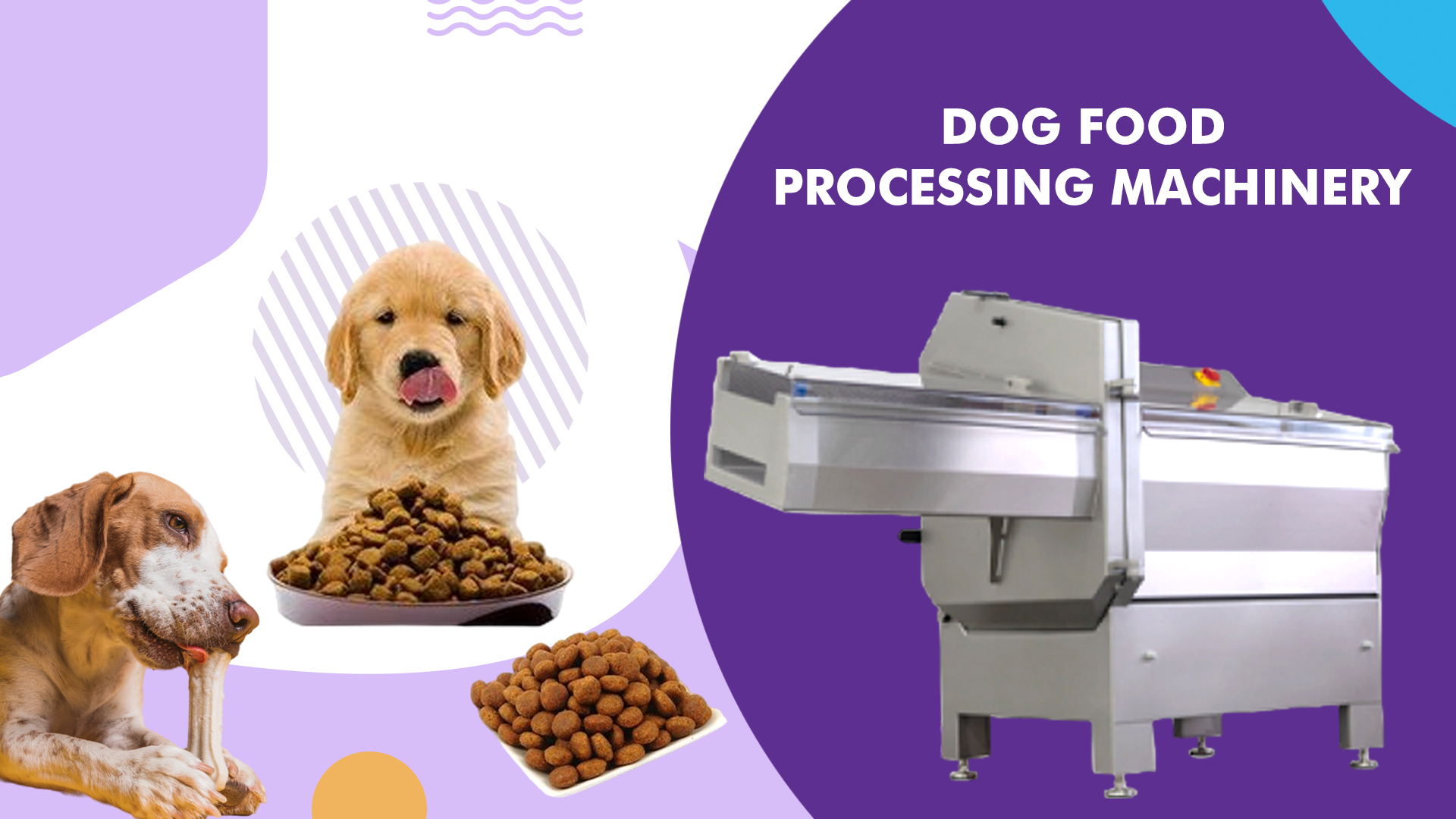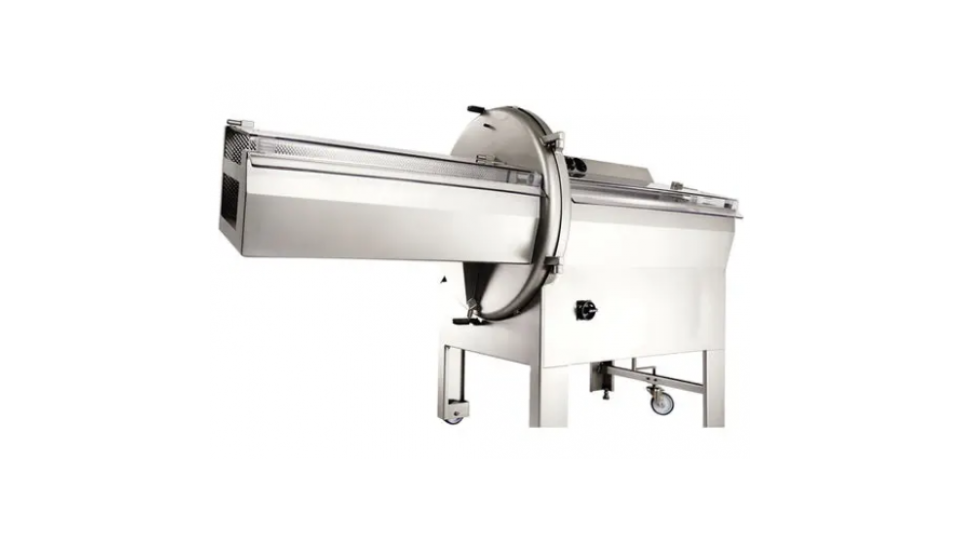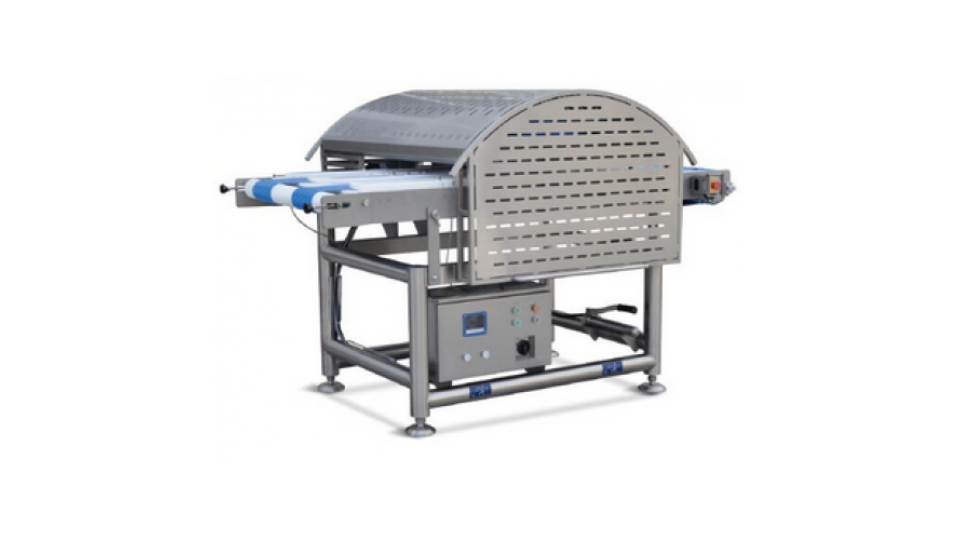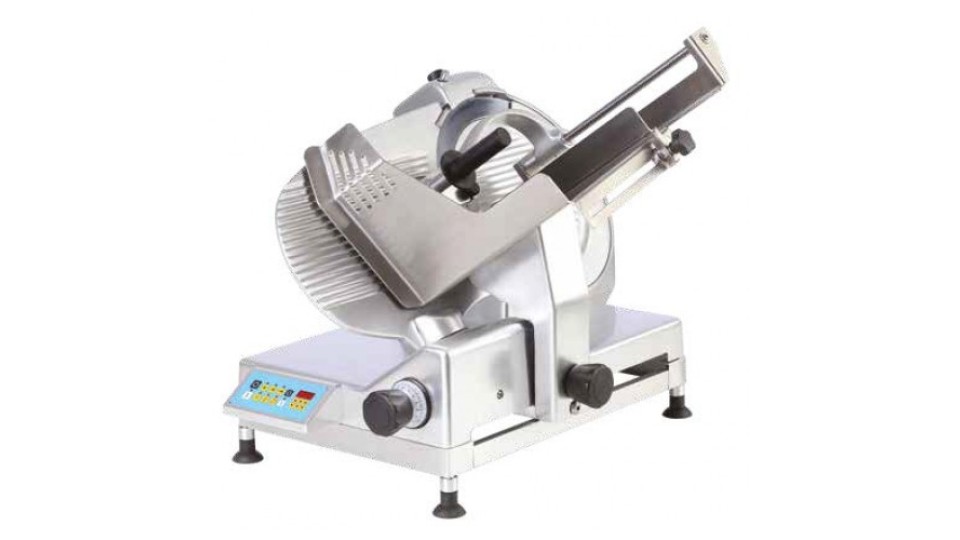When it comes to the well-being of our furry friends, ensuring they have a balanced and nutritious diet is essential. This is where dog food processing machinery comes into play. In this blog, we'll explore everything you need to know about dog food processing machinery, focusing on dog food bone crushers and bone grinder machines.
What is Dog Food Processing Machinery?
Dog food processing machinery encompasses a range of equipment designed to manufacture dog food. These machines ensure that the food is prepared to meet the dietary requirements of dogs, maintaining high standards of hygiene and safety. The machinery can handle various processes such as grinding, mixing, cooking, and packaging.
Types of Dog Food Processing Machinery
- Mixers and Blenders: These machines combine different ingredients to create a uniform mixture. They are essential for ensuring that each piece of dog food has the right balance of nutrients.
- Extruders: Extruders cook the mixture under high pressure and temperature, shaping it into kibble. This process enhances the digestibility and palatability of the food.
- Dryers: After extrusion, the kibble is dried to remove moisture, which helps in preserving the food and extending its shelf life.
- Coating Machines: These apply a layer of fats and oils to the kibble, improving its taste and nutritional value.
- Packaging Machines: These machines package the finished product, ensuring it is sealed properly to maintain freshness and prevent contamination.
Detailed Overview of Dog Food Bone Crusher and Bone Grinder Machine
Dog Food Bone Crusher
A dog food bone crusher is a crucial piece of machinery used in the processing of dog food, especially in the preparation of meat-based products. Here's a closer look at its role and benefits.
What is a Dog Food Bone Crusher?
A dog food bone crusher is a machine designed to crush bones into smaller, more manageable pieces. This is important for several reasons:
- Nutritional Value: Bones are rich in essential nutrients like calcium and phosphorus, which are vital for a dog's bone health and overall development.
- Safety: Crushing bones makes them safer for dogs to consume, reducing the risk of choking or internal injuries.
- Digestibility: Smaller bone fragments are easier for dogs to digest and absorb the nutrients.
How Does a Bone Crusher Work?
A bone crusher typically consists of the following components:
- Hopper: Where the bones are loaded.
- Crushing Mechanism: Uses blades or rollers to crush the bones.
- Output: The crushed bones are collected for further processing or inclusion in dog food.
Benefits of Using a Bone Crusher
- Enhanced Nutrition: By incorporating crushed bones into dog food, manufacturers can provide a natural source of minerals.
- Cost-Effective: Utilizing bone crushers can reduce waste, making the production process more economical.
- Improved Safety: Properly crushed bones minimize the risk of injury to dogs.
Bone Grinder Machine
Similar to bone crushers, bone grinder machines play an essential role in dog food processing. They take the process a step further by grinding the bones into a fine powder or paste.
What is a Bone Grinder Machine?
A bone grinder machine is designed to grind bones into fine particles. This is particularly useful for producing specific types of dog food, such as canned food or treats that require a smoother texture.
How Does a Bone Grinder Machine Work?
A bone grinder machine operates in a few stages:
- Loading: Bones are placed into the machine.
- Grinding: The machine uses high-speed blades or rollers to grind the bones.
- Output: The finely ground bones are collected and can be mixed with other ingredients.
Benefits of Using a Bone Grinder Machine
- Consistency: Ground bones ensure a uniform texture in the final product.
- Versatility: The fine bone powder can be used in various types of dog food, from kibble to canned goods.
- Enhanced Digestion: Finely ground bones are easier for dogs to digest, ensuring they get the maximum nutritional benefit.
Choosing the Right Machinery for Your Needs
When selecting dog food processing machinery, it's important to consider several factors to ensure you choose the right equipment for your needs.
Key Considerations
- Capacity: The machinery should match the scale of your production. Small-scale operations might require compact machines, while large-scale manufacturers need high-capacity equipment.
- Quality and Durability: Investing in high-quality, durable machinery can save costs in the long run by reducing maintenance and replacement expenses.
- Ease of Use and Maintenance: Choose machinery that is user-friendly and easy to maintain to ensure smooth operations.
- Safety Features: Ensure the machinery has adequate safety features to protect workers and maintain hygienic standards.
- Cost: Consider your budget and find a balance between cost and quality. While it might be tempting to go for cheaper options, investing in good quality machinery often pays off.
How to Maintain Dog Food Processing Machinery
Regular maintenance is crucial for keeping dog food processing machinery in optimal condition. Here are some maintenance tips:
1. Regular Cleaning
- Daily Cleaning: Clean the equipment after each use to prevent buildup of food particles and maintain hygiene.
- Deep Cleaning: Perform a thorough cleaning weekly or monthly, depending on usage, to remove any hidden debris.
2. Inspection and Lubrication
- Regular Inspections: Check for signs of wear and tear, such as worn blades or loose bolts. Address any issues promptly to prevent further damage.
- Lubrication: Keep moving parts well-lubricated to ensure smooth operation and reduce wear.
3. Replace Worn Parts
- Spare Parts Inventory: Keep a stock of essential spare parts like blades, grinding plates, and belts. Replace worn or damaged parts immediately to avoid downtime.
4. Follow Manufacturer Guidelines
- User Manual: Follow the manufacturer's maintenance guidelines and schedules to ensure proper care of your equipment.
- Professional Servicing: Arrange for professional servicing and maintenance periodically to keep the machinery in top condition.
Conclusion
Dog food processing machinery plays a vital role in ensuring that our pets receive high-quality, nutritious food. From mixers and extruders to bone crushers and grinders, each piece of equipment contributes to the production of safe and healthy dog food. By understanding the functions and benefits of these machines, manufacturers can make informed decisions to enhance their production processes and meet the needs of pet owners and their beloved dogs.
Whether you are a small-scale pet food producer or a large manufacturer, investing in the right machinery can make a significant difference in the quality of your products and the success of your business. With continuous innovations and a focus on sustainability, the future of dog food processing looks promising, offering endless possibilities to create the best possible nutrition for our furry friends.



-960x540.png)

